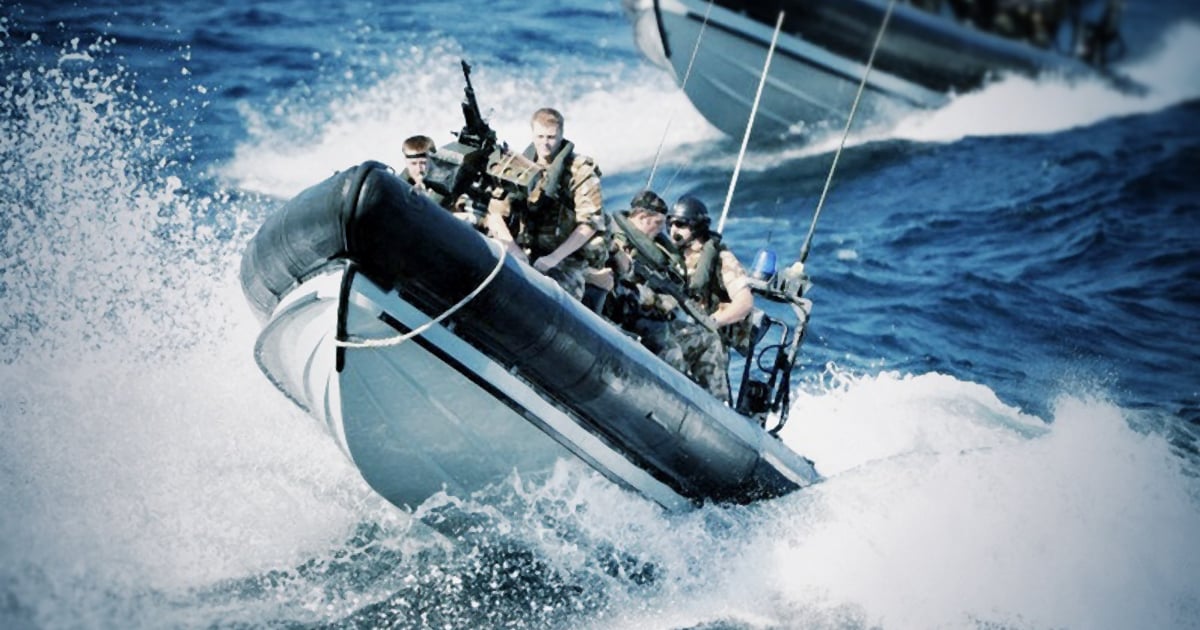-
United Safety & Survivability Corporation
101 Gordon Drive
Exton, PA 19341, United States - 610-265-3610
- info@shoxs.com
You have no items in your cart, add some on the products page.


EU Directive 2002/44/EC specifies stringent constraints on acceptable workplace exposure levels to shock and mechanical vibration. The directive has a particularly important role to play in the maritime industry, where workers may be subjected to extreme shocks on a regular basis as high-speed craft slam into waves. The health risks associated with mechanical shock in the marine environment are well-known (see Ensign et al, “A Survey of Self-Reported Injuries Among Special Boat Operators,” 2004), and the EU directive is an attempt to provide protection for those in harm's way.
EU directives are similar to EU regulations, but individual member nations must transpose directives into their own regional laws. This is especially important in light of the legal precedent set by the case Francovitch v Italy, where it was ruled that a European member state could be held financially liable by those suffering from a loss due to that nation's failure to bring an EU directive into law. Through legislation introduced in 2005 (No. 1093, The Control of Vibration at Work Regulations) and in 2007 (No. 3077, The Merchant Shipping and Fishing Vessels (Control of Vibration at Work) Regulations), the UK has implemented directive 2002/44/EC, and while the steps taken towards compliance have not been dramatic thus far, recent developments suggest that things may be about to change.